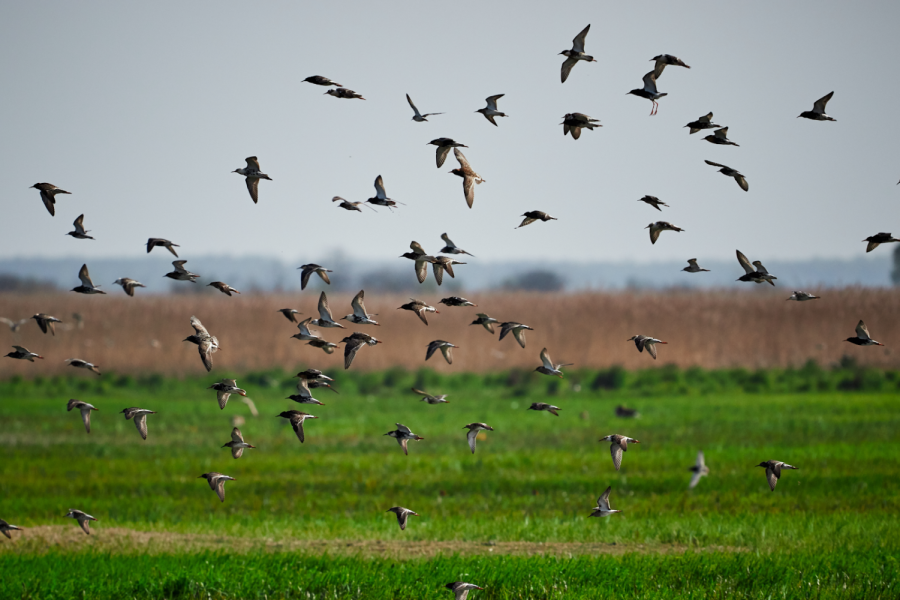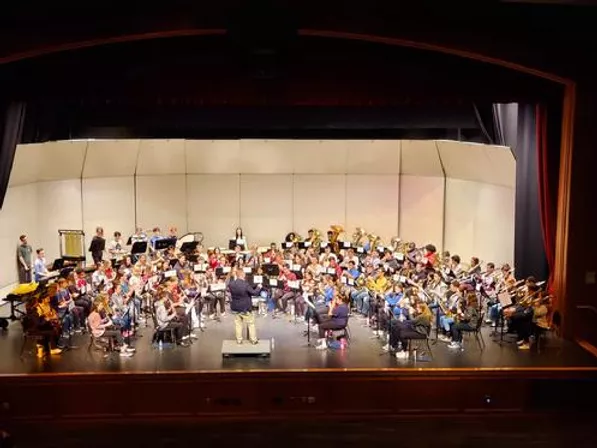Forgotten Hits of the Past: “Battle Hymn of the Republic”

February 19, 2021
Other than the “Star Spangled Banner”, no other American patriotic song has as significant of a cultural impact as the “Battle Hymn of the Republic”. Written during the midst of the American Civil War, this American classic pays tribute to the foundation on which our country was founded and bolsters the patriotic spirit in all Americans who listen.
The “Battle Hymn of the Republic” is one of the United States’ most popular patriotic songs, yet not many people in the general public seem to care for it too much. According to the song’s writer, Julia Ward Howe, the lyrics came to her in a dream. Before that night, she would regularly visit Union Army camps and hear the men singing popular war songs from the time. When she wrote down the lyrics and published them, they were well received all across the Union. Her lyrics became the unofficial anthem of the war effort and the fight against Southern tyranny. One of the contributing factors to the success of the song was its fervent religious imagery. The American Civil War was not a religious war, but religion played a heavy role in motivating troops on both sides of the conflict. However, even if you’re not religious, the song’s religious imagery can also be interpreted as protecting and honouring the precious rights and freedoms that are the basis of American society.
Before its most popular adaptation, the song’s tune was used in an anti-slavery propaganda song known as “John Brown’s Body”. The lyrics of the song are rather grim as they revolve around the martyrdom of John Brown, of whom the song is named after. John Brown was a political radical from the 1800s who took up arms against the state of Virginia in order to free the slaves himself. Unfortunately for him, he was captured and arrested at Harper’s Ferry and found guilty of treason and murder, and was subsequently executed. Upon his death, many saw John Brown as a hero of the anti-slavery movement, and his death only made tensions between the North and South worse.
Even before “John Brown’s Body”, the same tune was used in religious folk songs during the religious colonization of the Americas. “Say Brothers, Will You Meet Us” is the predecessor to the song “John Brown’s Body” and is where the popular tune for “Battle Hymn of the Republic” originates from. This song was likely written by English pilgrims as they arrived in the new world, ready to start a new life free of persecution and inspired by the American ideals we so cherish today.
No matter what version of the song you listen to, it is a factual truth universally accepted that the song’s tune has become synonymous with freedom and liberty. Even from its earliest iteration to its most modern one, the tune of the “Battle Hymn of the Republic” reflects the values that all Americans hold dearest to their hearts.














































